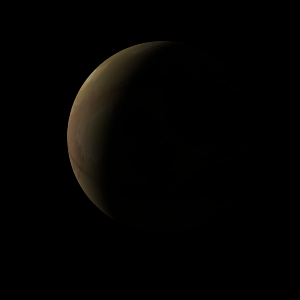|
|
Space Astro
|
Info for exoplanet "Bicha Eze"
| Scientific (actual) data |
|---|
| Name | K2-189 b |
| Planet status | Confirmed |
| Radius | 0.136 |
| Orbital period | 2.58831 |
| Semi major axis | 0.0361 |
| Discovered | 2018 |
| Updated | 2021-02-05 |
| Tconj | 2457220 |
| Impact parameter | 0.41 |
| Temperature (kelvin) | 1197 |
| Publication | Published in a refereed paper |
| Detection type | Primary Transit |
| Alternate names | 2MASS J13342910-1502105 b, EPIC 212394689 b, EPIC 212394689.02, TYC 6121-11-1 b, WISE J133429.13-150211.2 b |
| Star name | K2-189 |
| Right ascension | 203.62° |
| Declination | -15.04° |
| Mag j | 11.038 |
| Mag h | 10.701 |
| Star distance | 243.93 |
| Star metallicity | 0 |
| Star mass | 0.94 |
| Star radius | 0.87 |
| Star temperature | 5519 |
| Star alternate names | 2MASS J13342910-1502105, EPIC 212394689, TYC 6121-11-1, WISE J133429.13-150211.2 |
| Wikipedia article | K2-189 b |
Back
| |
| Fictional info (?) |
|---|
| Suggested name | Bicha Eze |
| Planet type | Hot planet |
| It has the densest atmosphere of the three hot planets, consisting mostly of ammonia. |
| Atmosphere | Ammonia | 86% |
| Carbon monoxide | 7.2% |
| Helium | 5.9% |
| Atmospheric pressure | 0.4 bar |
 |
| No known satellites |
| Google search for Bicha eze |
|
Website by Joachim Michaelis
|
|
|
|